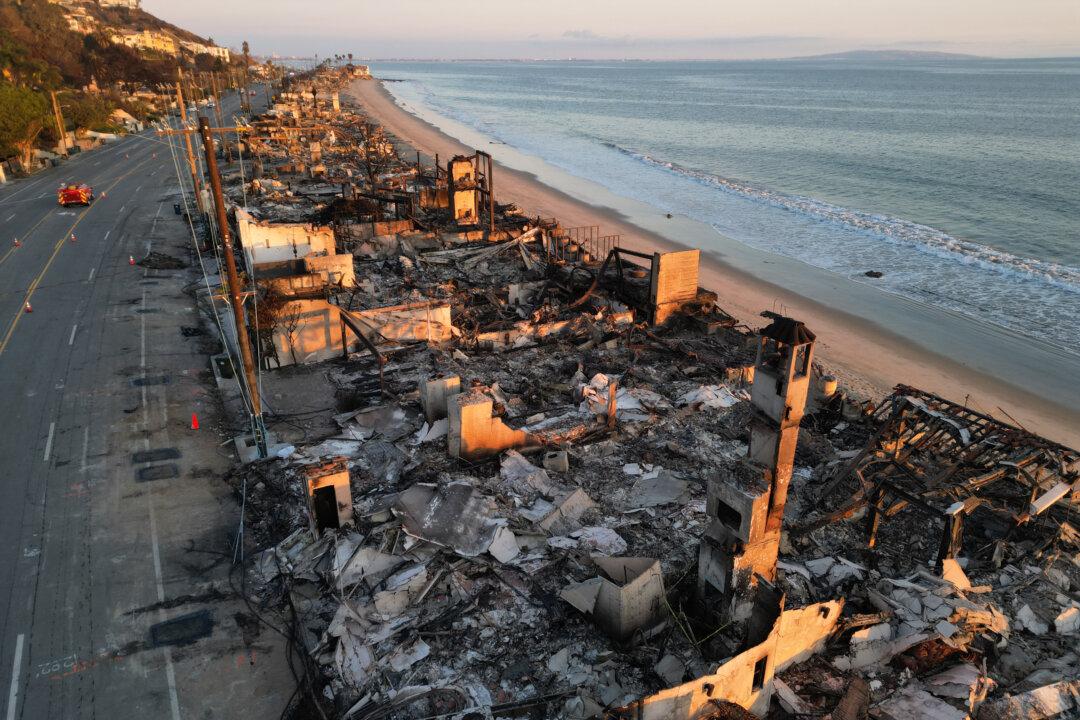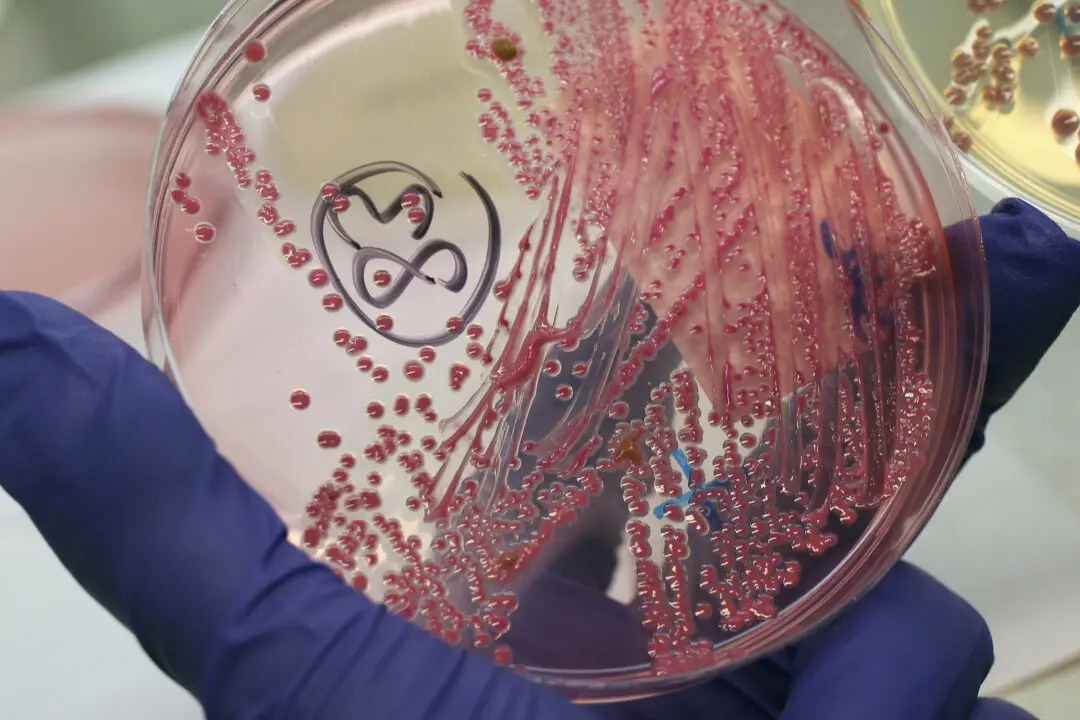Officials on Jan. 20 allowed more Southern California residents to return home to neighborhoods destroyed or damaged by recent catastrophic wildfires, but many face hazards, including contaminated water, toxic debris, and landslides.
The two major wildfires, the Palisades and Eaton fires, that started on Jan. 7 are still burning. Fire crews have the upper hand on both this week despite the arrival of more Santa Ana winds and red-flag fire danger weather warnings, according to the California Department of Forestry and Fire Management (Cal Fire).





